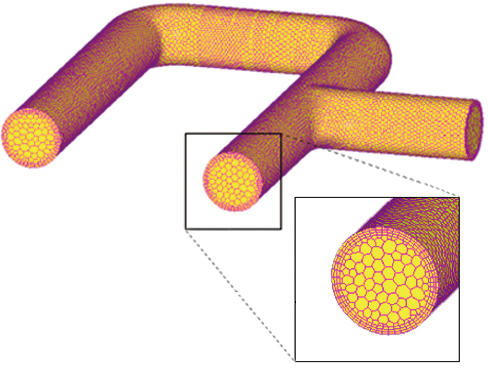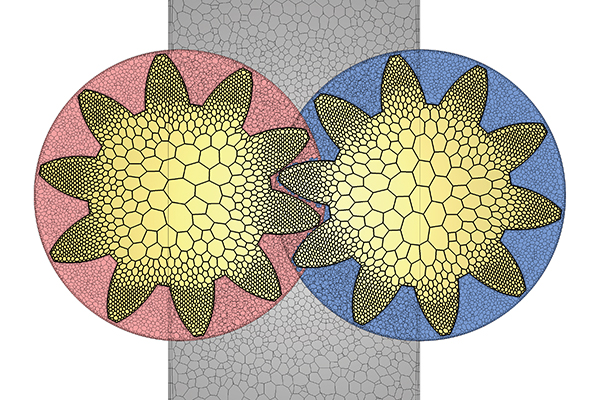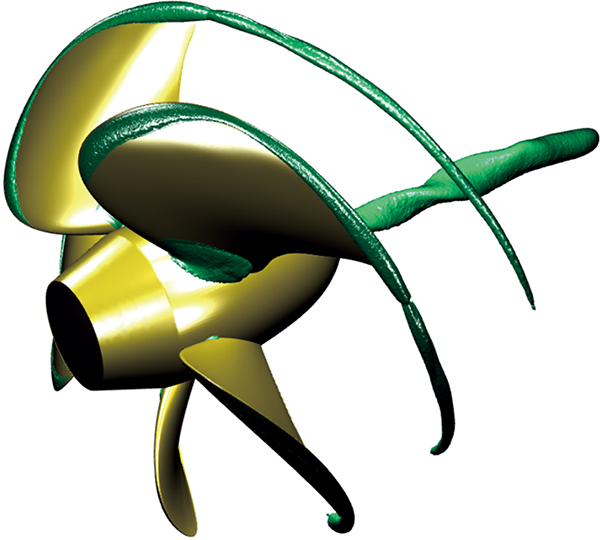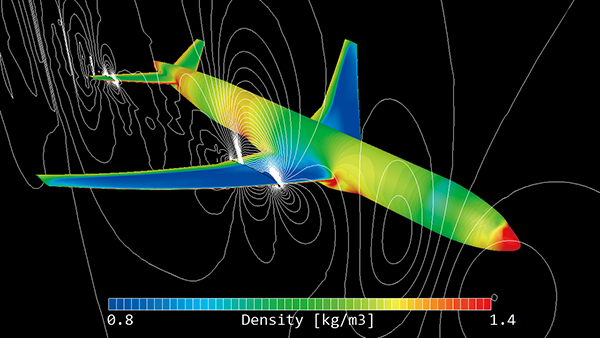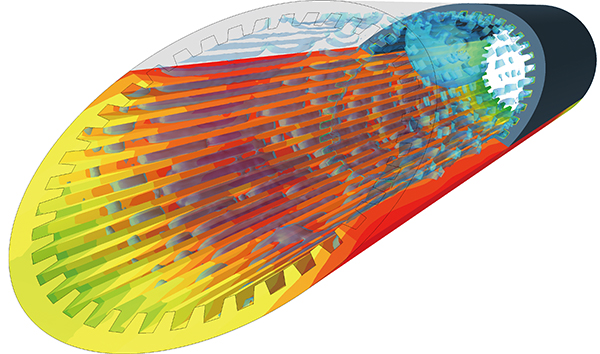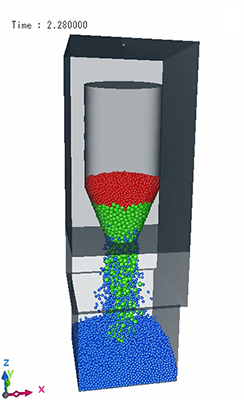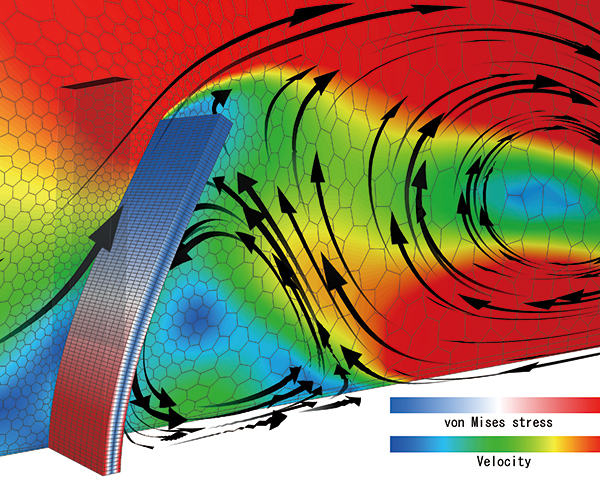scFLOW
New generation CFD software with multiphysics and general-purpose capabilities
scFLOW is a next generation CFD tool that uses unstructured mesh to accurately represent complicated geometry. With Preprocessor that helps any level users generate high quality polyhedral mesh elements and construct complicated models, and Solver that ensures more stability and speed, scFLOW is capable of solving aerospace and automotive aerodynamics, performance of fans, pumps and other rotating equipment, design problems of electronic devices, multiphase phenomena, marine propeller cavitation, and varied problems.
Through co-simulation and chained simulations coupled with Marc, MSC Nastran, Adams and Actran, more realistic coupling and multidisciplinary analyses with fluid, structure, acoustics, and multibody dynamics can be achieved.
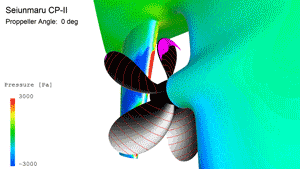
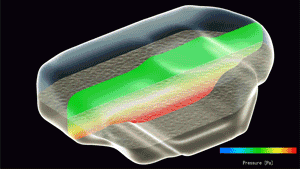
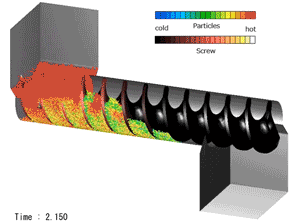
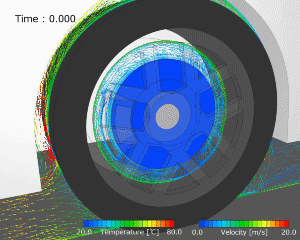
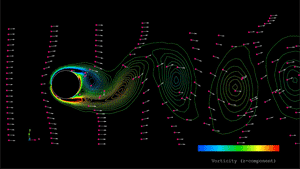

For more details on the latest version, please visit Cradle CFD Support Home Page
-
Polyhedral mesher
-
Free surface (steady-state / transient)
-
Moving mesh (discontinuous mesh / overset mesh)
-
6-degree-of-freedom motion
-
Cavitation
-
Compressible flow
-
Evaporation / condensation
-
Discrete element method (DEM)
-
Thermoregulation-model (JOS)
-
LES
-
Co-simulation with Hexagon CAE solutions
-
On-demand webinars
Learn more about Cradle CFD products and services at www.cradle-cfd.com
